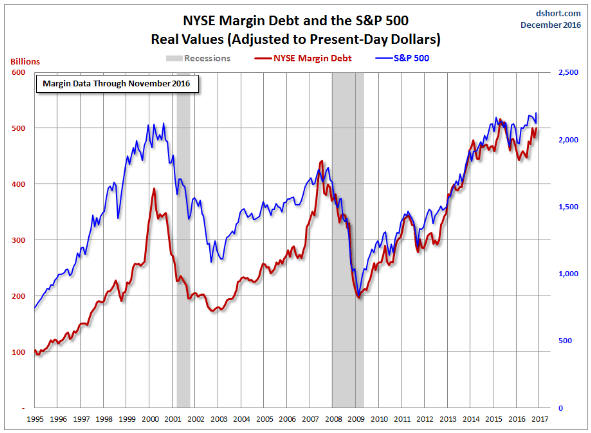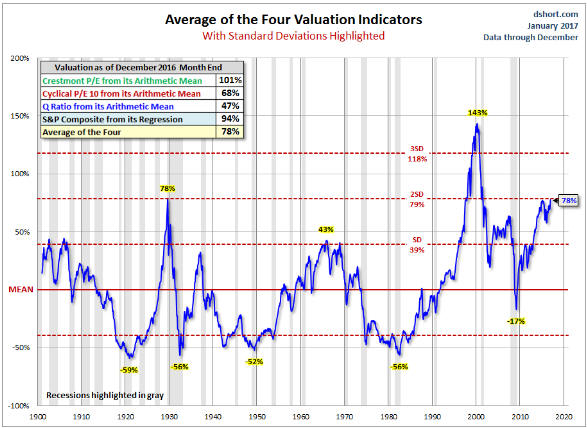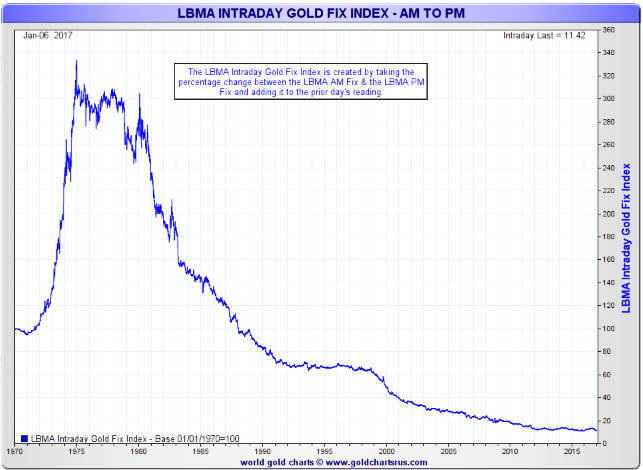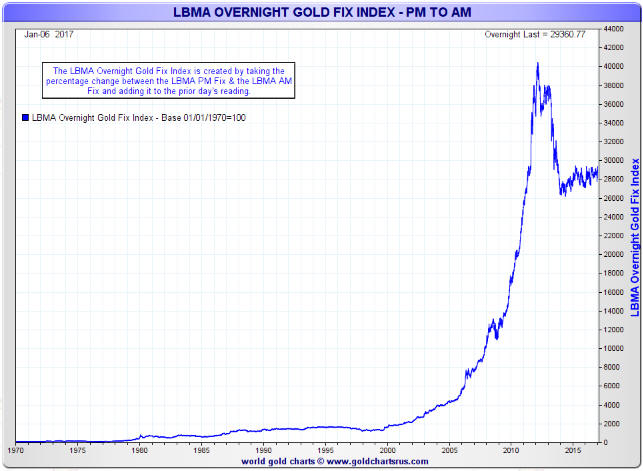Don’t be hoodwinked by the relentless propaganda into believing that the efforts being made to eliminate physical cash are motivated by a desire to reduce crime and corruption. Fighting crime/corruption is just a pretext.
The logic behind the propaganda goes like this: Criminals often use physical cash in their dealings, therefore cash should be eliminated. This makes as much sense as saying: Criminals often use cars, therefore cars should be banned. From an ethical standpoint, the fact that criminals use an item will never be a good reason to prevent law-abiding citizens from using the item.
That being said, the anti-cash propaganda is not just wrong from an ethical standpoint; it is also wrong from a utilitarian standpoint if we assume that the stated reasons (to reduce the amount of crime and strengthen the economy) are the real reasons for wanting to eliminate physical cash. This is because neither logic nor historical data provide any basis for believing that forcibly reducing the use of physical money will reduce crime or boost the economy.
With regard to the crime-fighting claim, yes, criminals often use cash due to cash transactions being untraceable, but no criminal is going to change his ways and ‘go down the straight and narrow’ in response to physical money becoming obsolete. If physical money were eliminated then genuine criminals would find some other way of doing their financial transactions. Perhaps they would start using gold, which would give governments a pretext for the banning of gold. Or perhaps they would use Bitcoin, which would give governments a pretext for the banning of Bitcoin. The point is that there will always be many media of exchange that could be used by genuine criminals to conduct their business. The banning of cash would only be a short-lived and relatively-minor inconvenience to this group.
The economy-strengthening claim stems from the crime-fighting claim, in that all else being equal a change to the monetary system that resulted in less genuine crime (the only genuine crimes are those that result in the violation of property rights) would lead to a stronger economy. Since there is neither a logical reason nor a reason based on the historical record to expect that banning physical cash would lead to less genuine crime, the economy-strengthening claim is baseless.
On a side note, if the elimination of physical cash would actually provide a benefit to the overall economy, that is, if it would result in a higher average standard of living, then it is something that would happen without government intervention. In general, a greater amount of government economic intervention is only ever required when the desired change will NOT create a net benefit for the overall economy.
The reasons being put forward for the elimination of cash are therefore bogus. What, then, are the real reasons?
The main real reason is to maximise tax revenue. If all transactions are carried out electronically via the banking system then every transaction can be monitored, making it more difficult to avoid tax. In other words, the main reason that governments are very keen to eliminate physical cash is that by doing so they increase the amount of money flowing into government coffers. Unless you believe that the government generally uses resources more efficiently than the private sector you must acknowledge that this would result in a weaker rather than a stronger economy.
There is, however, an important secondary reason for the forced shift towards a cashless society, which is that it would help the banks in two ways.
First, it would help the banks by ensuring that 100% of the economy’s money was always in the banking system. Currently about 90% of the money in developed economies is in the banking system, with a physical float (currency in circulation outside the banking system) making up the remaining 10% of the money supply. The move to eliminate physical cash can therefore be thought of as the banking industry going after the final 10% of the money supply.
Second, it would ensure that there was no way for the public to avoid the cost of negative interest rates or any other draconian charge on monetary savings/transactions implemented by the banking establishment. Any single member of the public could avoid the charge, but only by transferring money — and the associated liability — to another person’s account.
So, any economist or financial journalist who advocates the elimination of physical cash is clueless at best and a government/banking-system stooge at worst.
 Print This Post
Print This Post




